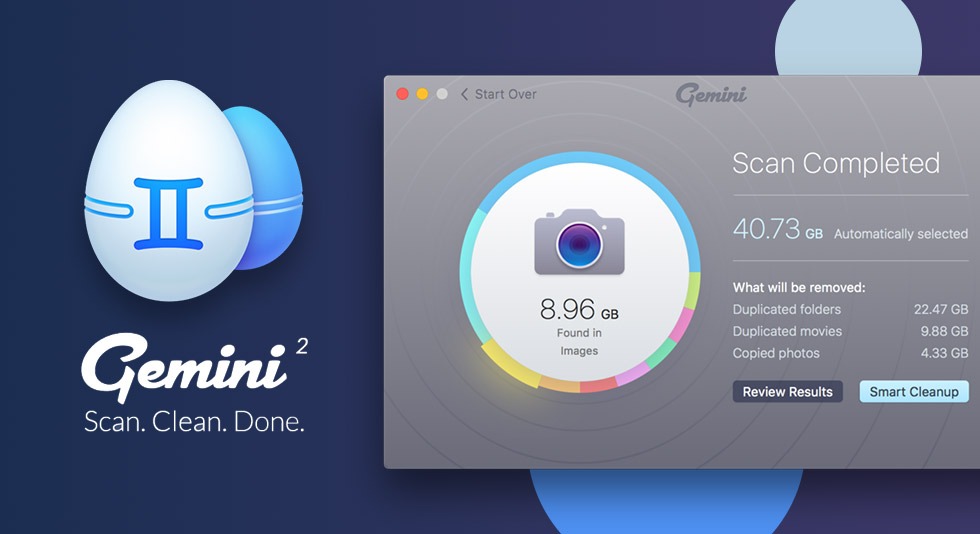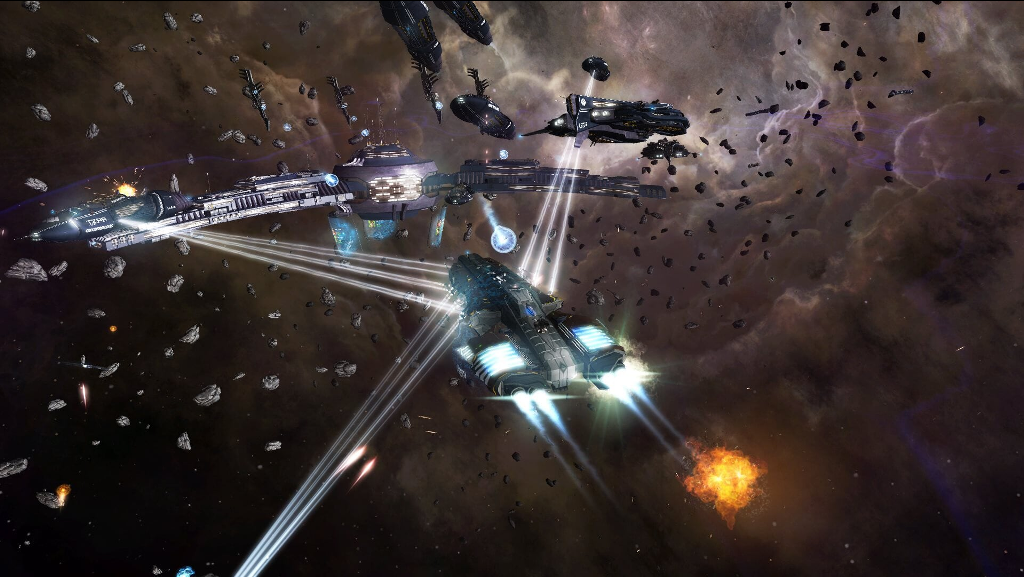Gemini 2
NSSDCA ID: GEMINI2
COSPAR ID:
- Free shipping BOTH ways on under armour ua speedform gemini 2 from our vast selection of styles. Fast delivery, and 24/7/365 real-person service with a smile. Click or call 800-927-7671.
- Gemini 2 is a duplicate file finder that can be utilized to locate and delete duplicate files, which could potentially save you time in the long run. If you have any questions about how it works or would like more information, please let me know!
Gemini 2017
The Titan II/Gemini launch vehicle had to be dismantled to protect it from 2 hurricanes in August and September of 1964. The 2nd stage of the vehicle was taken down and stored in a hanger on 26 August 1964 in preparation for Hurricane Cleo, but the entire launch vehicle was dismantled and removed from Pad 19 in early September before Hurricane.
Description

This was the second uncrewed Gemini test mission, consisting of a sub-orbital ballistic flight and reentry with the primary objectives being to demonstrate the adequacy of the spacecraft reentry module's heat protection during a maximum heating rate return, the structural integrity of the spacecraft, and the performance of spacecraft systems. Secondary objectives included obtaining test results on communications, cryogenics, fuel cell and reactant supply system, and further qualification of the launch vehicle.
Mission Profile
The flight was launched successfully from complex 19 at Cape Kennedy at 9:03:59 a.m. EST (14:03:59.861 UT) to a maximum altitude of 171.2 km. The spacecraft was run by an onboard automatic sequencer. At 6 minutes 54 seconds after launch retrorockets were fired and the spacecraft cartwheeled into a reentry attitude. The spacecraft reentered the atmosphere and landed by parachute in the Atlantic Ocean 3419 km southeast of the launch site 18 minutes 16 seconds after launch. The landing was 26 km short of the planned impact point. The spacecraft was successfully recovered by the aircraft carrier U.S.S. Lake Champlain, which was 84 km from the splashdown point, at 15:52 UT (10:52 a.m. EST). All goals were achieved except test results on the fuel cells because the system had failed before liftoff and was turned off. The capsule was in excellent condition and the heat shield and retrorockets functioned as planned. The temperature in the cooling system of the spacecraft was found to be too high.
Spacecraft and Subsystems
The Gemini spacecraft was a cone-shaped capsule consisting of two components, a reentry module and an adaptor module. The adaptor module made up the base of the spacecraft. It was a truncated cone 228.6 cm high, 304.8 cm in diameter at the base and 228.6 cm at the upper end where it attached to the base of the reentry module. The reentry module consisted of a truncated cone which decreased in diameter from 228.6 cm at the base to 98.2 cm, topped by a short cylinder of the same diameter and then another truncated cone decreasing to a diameter of 74.6 cm at the flat top. The reentry module was 345.0 cm high, giving a total height of 573.6 cm for the Gemini spacecraft.
The adaptor module was an externally skinned, stringer framed structure, with magnesium stringers and an aluminum alloy frame. The adaptor was composed of two parts, an equipment section at the base and a retrorocket section at the top. The equipment section held fuel and propulsion systems and was isolated from the retrorocket section by a fiber-glass sandwich honeycomb blast shield. The retrorocket section held the re-entry rockets for the capsule.
The reentry module consisted mainly of the pressurized cabin which was to hold the two Gemini astronauts on future missions. Instrumentation pallets holding cameras, accelerometers, batteries, and other devices were situated in the astronaut area for this mission. Separating the reentry module from the retrorocket section of the adaptor at its base was a curved silicone elastomer ablative heat shield. The module was composed predominantly of titanium and nickle-alloy with beryllium shingles. At the narrow top of the module was the cylindrical reentry control system section and above this the rendezvous and recovery section which holds the reentry parachutes. The cabin held two seats equipped with emergency ejection devices, instrument panels, life support equipment, and equipment stowage compartments in a total pressurized volume of about 2.25 cubic meters. Two large hatches with small windows could be opened outward, one positioned above each seat.
Reentry
At the time of reentry, the spacecraft would be maneuvered to the appropriate orientation and equipment adaptor section would be detached and jettisoned, exposing the retrorocket module. The retrorockets consisted of four spherical-case polysulfide ammonium perchlorate solid-propellant motors mounted near the center of the reentry adaptor module, each with 11,070 N thrust. They would fire to initiate the spacecraft reentry into the atmosphere, with attitude being maintained by a reentry control system of 16 engines, each with 5.2 N thrust. The retrorocket module would then be jettisonned, exposing the heat shield at the base of the reentry module. Along with the ablative heat shield, thermal protection during reentry was provided by thin Rene 41 radiative shingles at the base of the module and beryllium shingles at the top. Beneath the shingles was a layer of MIN-K insulation and thermoflex blankets. At an altitude of roughly 15,000 meters the 2.4 meter drogue chute would deploy from the rendezvous and recovery section. At 3230 meters altitude the the drogue is released which extracts the 5.5 meter pilot parachute. The rendezvous and recovery section is released 2.5 seconds later, deploying the 25.6 meter main ring-sail parachute which is stored in the bottom of the section. The spacecraft is then rotated from a nose-up to a 35 degree angle for water landing. At this point a recovery beacon is activated, transmitting via an HF whip antenna mounted near the front of the reentry module.
Gemini Program
The Gemini program was designed as a bridge between the Mercury and Apollo programs, primarily to test equipment and mission procedures in Earth orbit and to train astronauts and ground crews for future Apollo missions. The general objectives of the program included: long duration flights in excess of of the requirements of a lunar landing mission; rendezvous and docking of two vehicles in Earth orbit; the development of operational proficiency of both flight and ground crews; the conduct of experiments in space; extravehicular operations; active control of reentry flight path to achieve a precise landing point; and onboard orbital navigation. Each Gemini mission carried two astronauts into Earth orbit for periods ranging from 5 hours to 14 days. The program consisted of 10 crewed launches, 2 uncrewed launches, and 7 target vehicles, at a total cost of approximately 1,280 million dollars.
Alternate Names
Facts in Brief
Launch Date: 1965-01-19
Launch Vehicle: Titan II
Launch Site: Cape Canaveral, United States
Mass: 3133.9 kg
Funding Agency
- National Aeronautics and Space Administration (United States)
Discipline
- Planetary Science

Additional Information
Questions and comments about this spacecraft can be directed to: Dr. David R. Williams
Personnel
| Name | Role | Original Affiliation | |
|---|---|---|---|
| Dr. William C. Schneider | Project Manager | NASA Headquarters | |
| Dr. George E. Mueller | Program Manager | NASA Headquarters | info@kistleraero.com |
| Dr. Charles W. Mathews | Project Manager | NASA Headquarters |
Selected References
- Gemini midprogram conference including experimental results, NASA, SP-121, 1966. (Papers Presented at the Manned Spaceflight Center, Houston, Feb. 23-25, 1966)
- Gemini summary conference, NASA, SP-138, Wash, DC, Feb. 1967.
- Grimwood, J. M., et al., Project Gemini technology and operations - A chronology, NASA, NASA SP-4002, Wash., DC, 1969.
Diagram of the Gemini 2 capsule. (Courtesy of NASA History Office.)
Gemini Home Page
Gemini Diagrams - NASA History Office
Gemini Books Online
 On The Shoulders of Titans: A History of Project Gemini - NASA History Office
On The Shoulders of Titans: A History of Project Gemini - NASA History OfficeProject Gemini Technology and Operations - A Chronology - NASA History Office